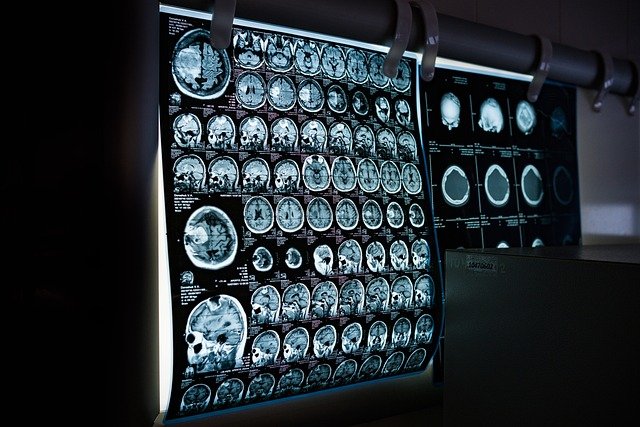Shaping the Future of Cars: Understanding the Impact of 3D Printing in Automotive Manufacturing
Introduction: The automotive world is being revolutionized by a technology that is, quite literally, reshaping it. 3D printing, also known as additive manufacturing, is sparking a new era in car production, offering unprecedented levels of customization, efficiency, and innovation. But what does this mean for the industry and the vehicles we drive?

A New Dimension in Car Manufacturing
3D printing is not a new invention. It has been around since the 1980s, primarily used for prototyping in various industries. However, in recent years, it has found a new home in automotive manufacturing, where it is making significant strides. The technology uses a digital blueprint to layer materials such as plastic, metal, or ceramic, building components from the ground up. This process allows for a level of precision and customization that simply wasn’t possible with traditional manufacturing methods.
Driving Efficiency and Innovation
One of the key benefits of 3D printing in car manufacturing is its potential to streamline production. Traditional methods often require numerous parts to be manufactured separately before being assembled. In contrast, 3D printing allows for a more integrated approach, reducing the number of components needed and, consequently, the time and cost of production. Moreover, it allows for rapid prototyping, enabling manufacturers to experiment with new designs and innovations more easily.
Customization: The New Standard?
Another major advantage of 3D printing is its potential for personalization. The technology allows manufacturers to produce parts tailored to the specific requirements of individual vehicles or customers. This could pave the way for a new era of customization, where consumers can specify elements of their car’s design or functionality. As a result, we may see a shift away from mass production towards more bespoke, customer-focused manufacturing.
The Roadblocks Ahead
However, like any disruptive technology, 3D printing faces challenges. For one, the industry needs to ensure the quality and strength of 3D printed parts match those produced traditionally. Moreover, there are questions over how to recycle and dispose of 3D printed components. Finally, there’s a need to educate and train the workforce to adopt and utilize this new technology effectively.
Shaping the Future of the Auto Industry
Despite these challenges, the potential of 3D printing in car manufacturing is enormous. It opens the door to a new level of efficiency, innovation, and customization, which could drastically reshape the auto industry. And while we’re still in the early stages of this revolution, it’s clear that 3D printing has the potential to drive the future of car manufacturing and change the way we think about cars.
In conclusion, it’s an exciting time to be part of the automotive industry. As 3D printing technology continues to evolve, it will undoubtedly present new opportunities and challenges. But one thing is certain: it’s already changing the face of car manufacturing, and its impact will be felt for years to come.




